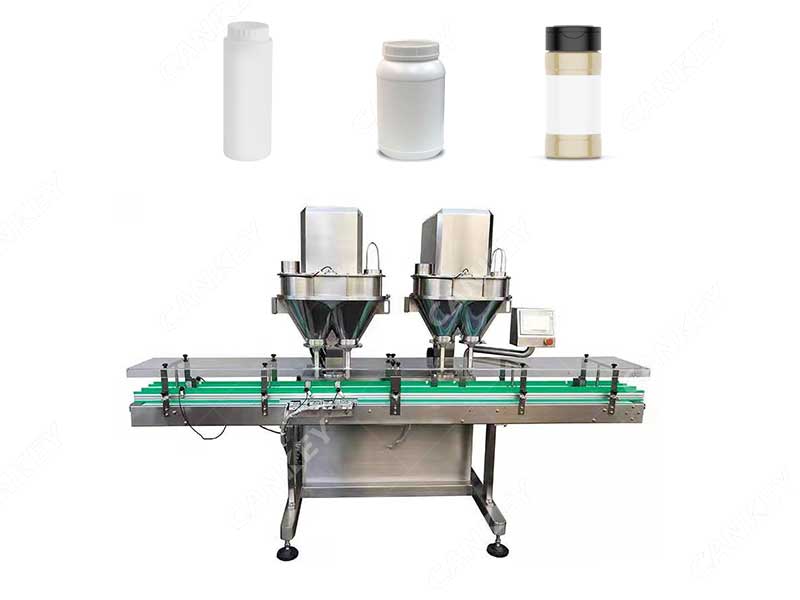In the world of manufacturing and packaging, efficiency, accuracy, and consistency are paramount. One of the key players in achieving these goals is the dry powder filling machine. This sophisticated piece of equipment has revolutionized the packaging industry by automating the process of filling various powdered substances into containers, or bottles. Understanding the principle behind dry powder filling machines is essential for anyone involved in the production and packaging of powdered products. In this article, we will delve into what is the principle of dry powder filling machine and explore how they contribute to streamlined production processes.
The Basics of Dry Powder Filling Machines
Dry powder filling machines, also known as powder fillers or powder dosing machines, are designed to accurately and efficiently measure and dispense powdered materials into containers. These machines are widely used in industries such as pharmaceuticals, food, chemicals, cosmetics, and more, where precise dosing is crucial to product quality and consistency.
The principle behind dry powder filling machines can be broken down into several key components:
Feeding System:
The first step in the powder filling process is to ensure a consistent and reliable supply of the powdered material to be dispensed. This is achieved through a feeding system that typically consists of a hopper or bulk container where the powdered material is stored. The feeding system may also incorporate features like vibratory feeders, screw conveyors, or gravity feeds to regulate the flow of the powder into the dosing mechanism.
Dosing Mechanism:
The heart of any dry powder filling machine is its dosing mechanism. This component is responsible for accurately measuring and dispensing the desired quantity of powder into each container. There are various types of dosing mechanisms, including auger fillers, piston fillers, and gravity fillers, each tailored to specific applications. Auger fillers, for instance, use a rotating auger screw to precisely meter and dispense the powder.
Weighing and Feedback Control:
To maintain accuracy, dry powder filling machines are equipped with weighing systems and feedback controls. These systems continuously monitor the weight of the material being dispensed and make real-time adjustments to ensure the correct amount is deposited in each container. This feedback loop helps to minimize overfill or underfill errors.
Container Handling:
Dry powder filling machines are versatile and can handle a variety of container types, including bottles, jars, bags, and pouches. The machines use a range of mechanisms like conveyor belts, turntables, or indexing systems to transport containers to the dosing station, where they are accurately filled.
Dust Control:
Handling dry powders can lead to dust generation, which can be a safety hazard and contaminate the production environment. Dry powder filling machines often incorporate dust containment systems, such as dust extraction and filtration, to ensure a clean and safe working environment.
Benefits of Dry Powder Filling Machines
- Precision: These machines can achieve high levels of dosing accuracy, ensuring product consistency and reducing material waste.
- Efficiency: Automation reduces the need for manual labor and speeds up the filling process, leading to increased productivity.
- Versatility: Dry powder filling machines can handle a wide range of powdered materials, from fine powders to granules.
- Hygiene and Safety: Dust containment systems minimize the risk of dust exposure, creating a safer and cleaner working environment.
Dry powder filling machines play a pivotal role in modern manufacturing and packaging, providing precision, efficiency, and consistency in the dosing of powdered materials. Whether it’s pharmaceuticals, food, chemicals, or cosmetics, dry powder filling machines continue to be indispensable tools in various industries, helping businesses meet the demands of today’s competitive markets.


